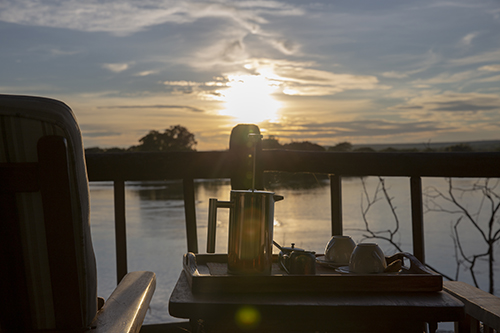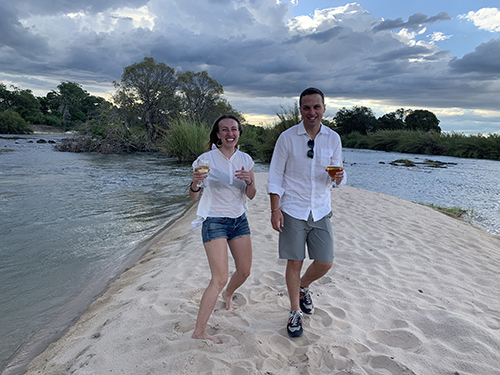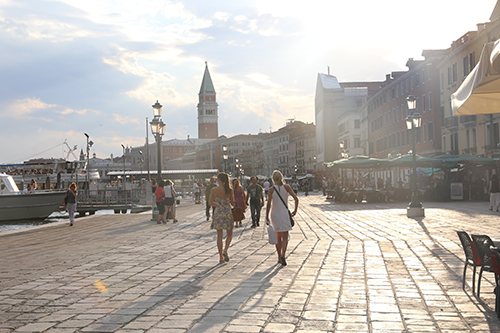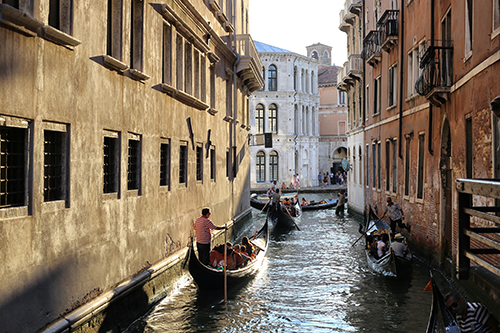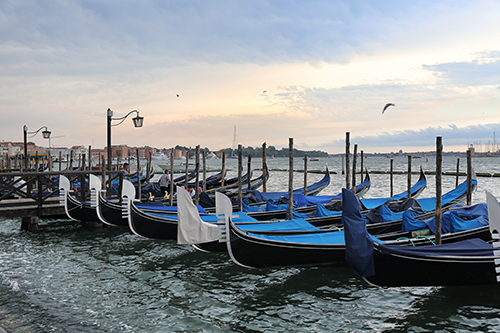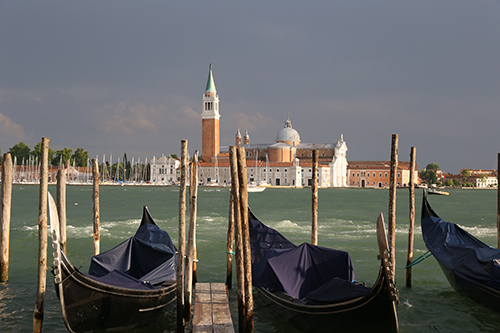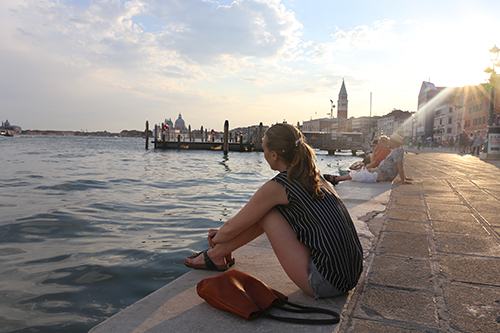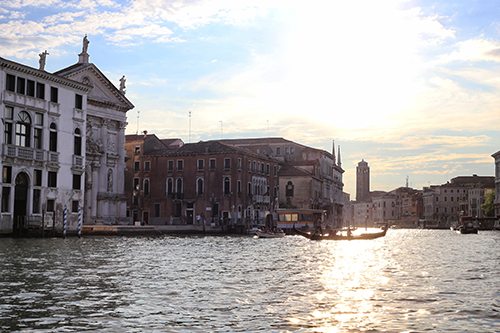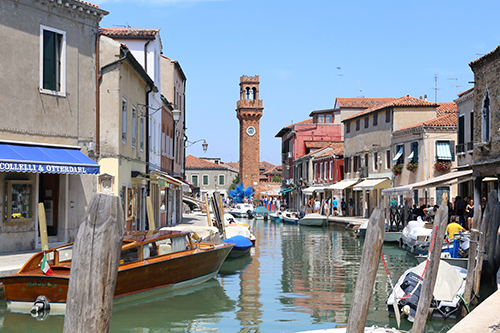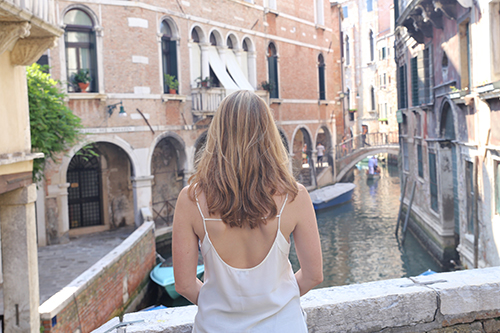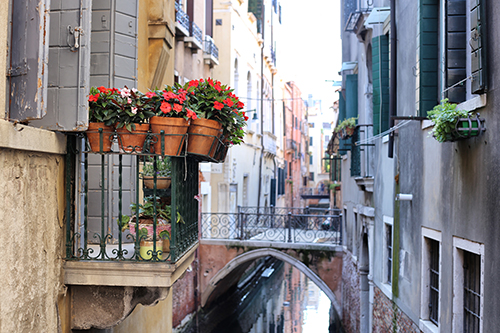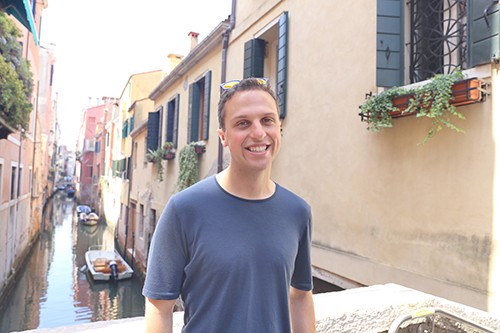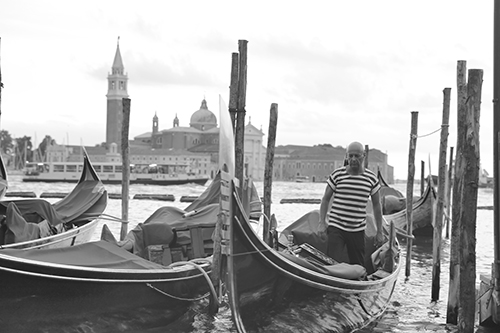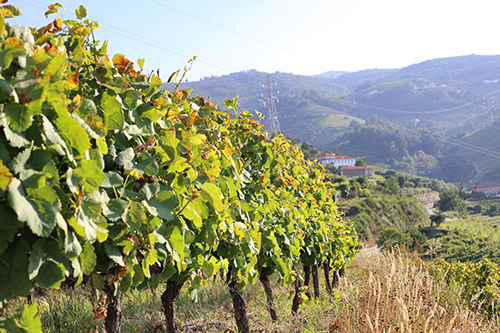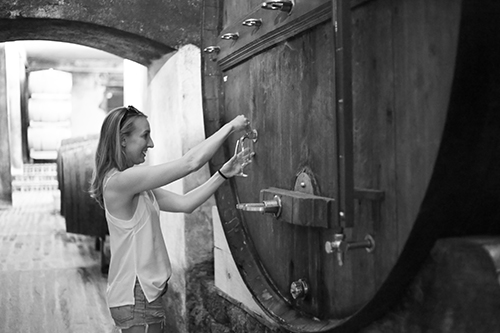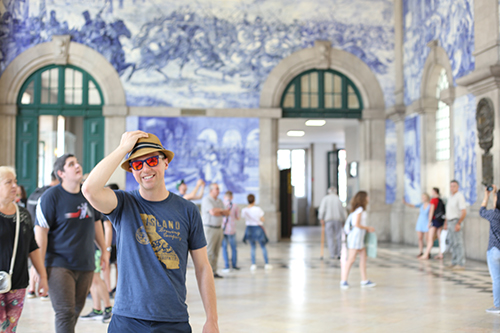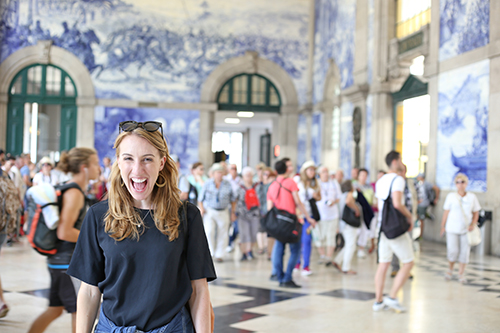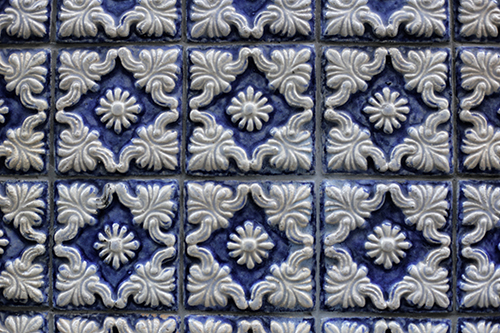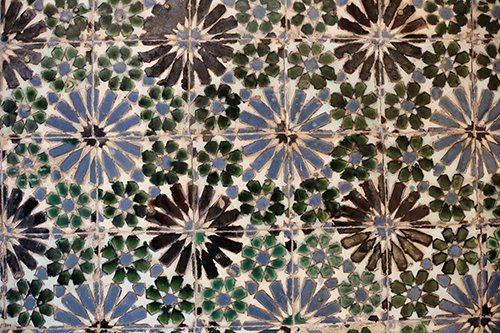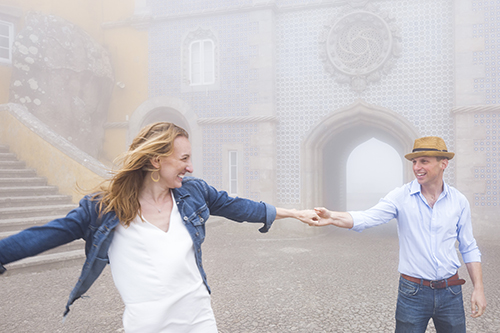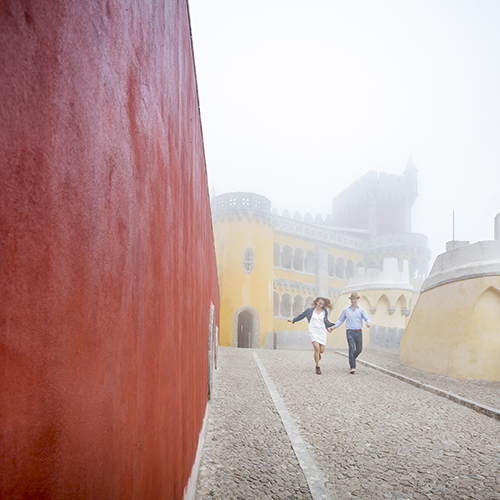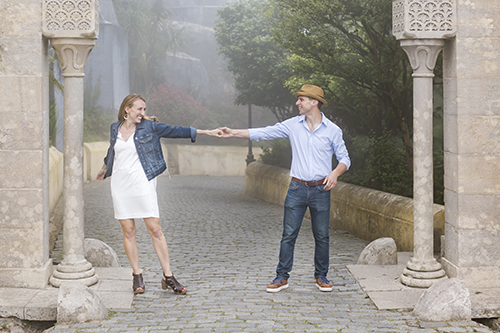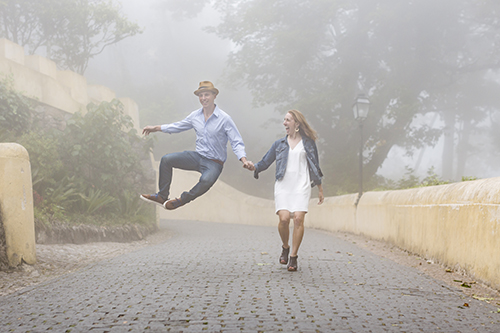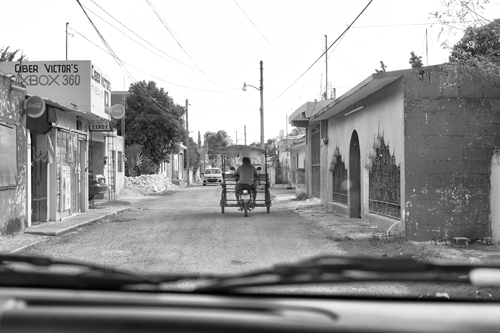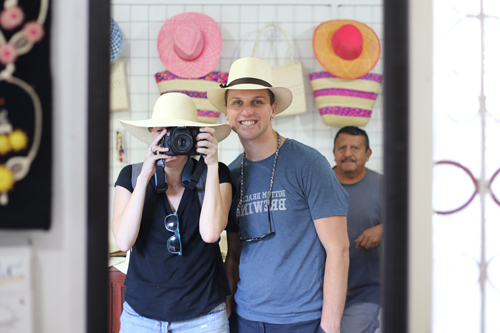When we tell our guide that there are almost no bugs in San Francisco he says, “Wow… What happened?” The people of Botswana and Zambia, we come to find, have a necessarily different relationship with bugs. When we arrive at the Island of Siankaba, we’re told there are very few bugs, but shine a light on anything that you’re eating at night, and you’ll surely find a few small friends that have taken a liking to the dish as well. (Best to not shine the light.) In the bush, we ate more bugs than we likely would in a year at home, but that’s the bush for you. Now we’re in a 5-star hotel in Zambia, close to Livingstone, so I’m more squeamish when I see two big bugs on our table the first night we arrive. We skip the cheese plate to rush back to our room – I’m anxious for the sanctuary of our tent.
The tent is a gorgeous room set high on stilts, making it feel like we’re staying in a treehouse. Each of the six rooms overlooks the Zambezi river, a quiet haven along the waterway that leads to Victoria Falls. The rooms are connected by raised walkways and bridges that swing as you walk, and as we’re on a literal island, a boat or mokoro must be taken to the mainland.
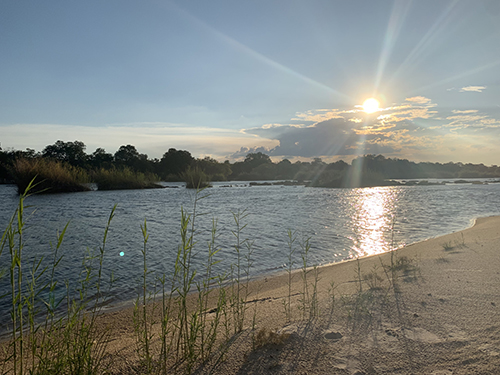
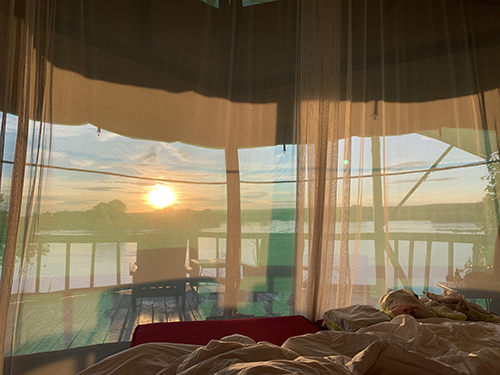
I’m skittish when we arrive back to our room that night, and we’re careful to close the door quickly to avoid more bugs inside. We turn on the light and I scream. “Really, hun?” But then he sees it too. There’s a bird in our room, flying fast and aimlessly. Andrew runs for help as I duck and cover in the bathroom, unfortunately open at the top to the main space. It had apparently escaped by the time the staff came to catch him, but still I was grateful for the mosquito net keeping me safe.
The next day I tell another guest about the bird. He’s from Zambia and his brother works at the hotel, so I assume he’ll find the story funny and not scary. “We had a bird in our room last night!” “Wow, a bird and a bat?!” “No, just a bird,” I say. “Oh, I heard you had a bat.” “A bat?” I look at Andrew. He’d struck a deal with the staff to not tell me it was bat migration season due to my newfound phobia.
Busted.
On our last night in this resort, there’s another. But this time I know what it is, this time it meets me in the bathroom and this time Andrew chases it out of the room himself. My husband has become quite a man of the bush.
